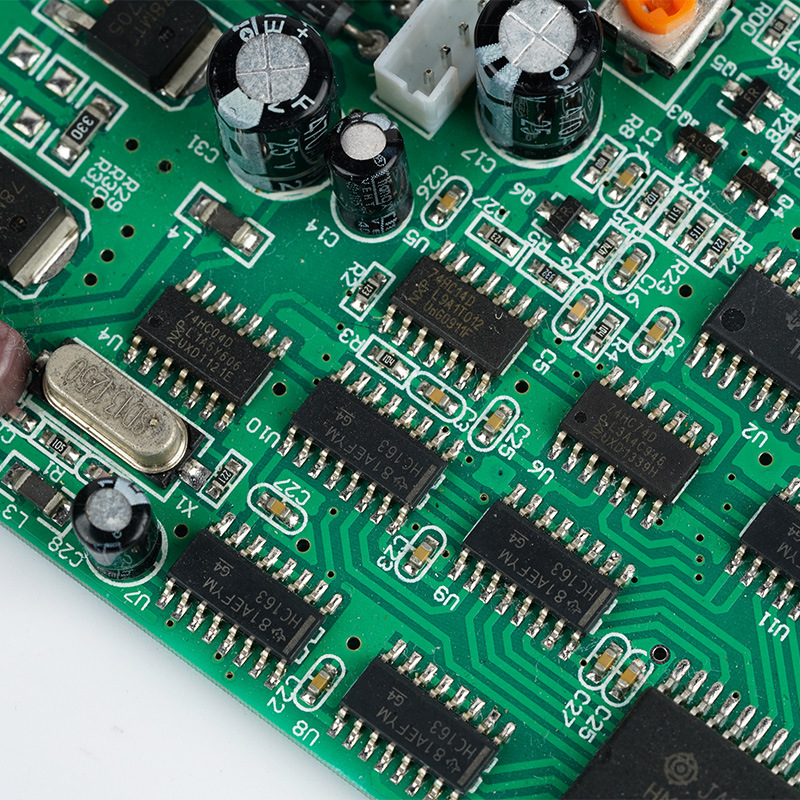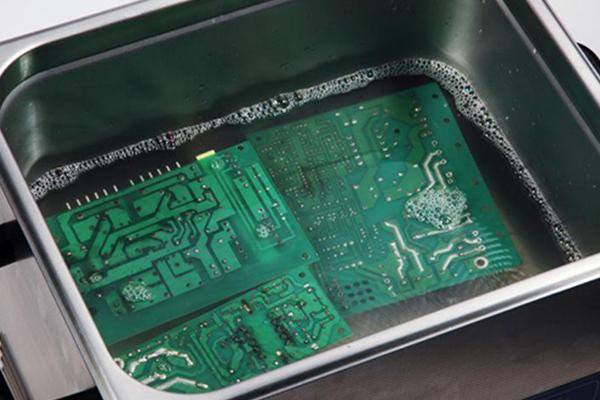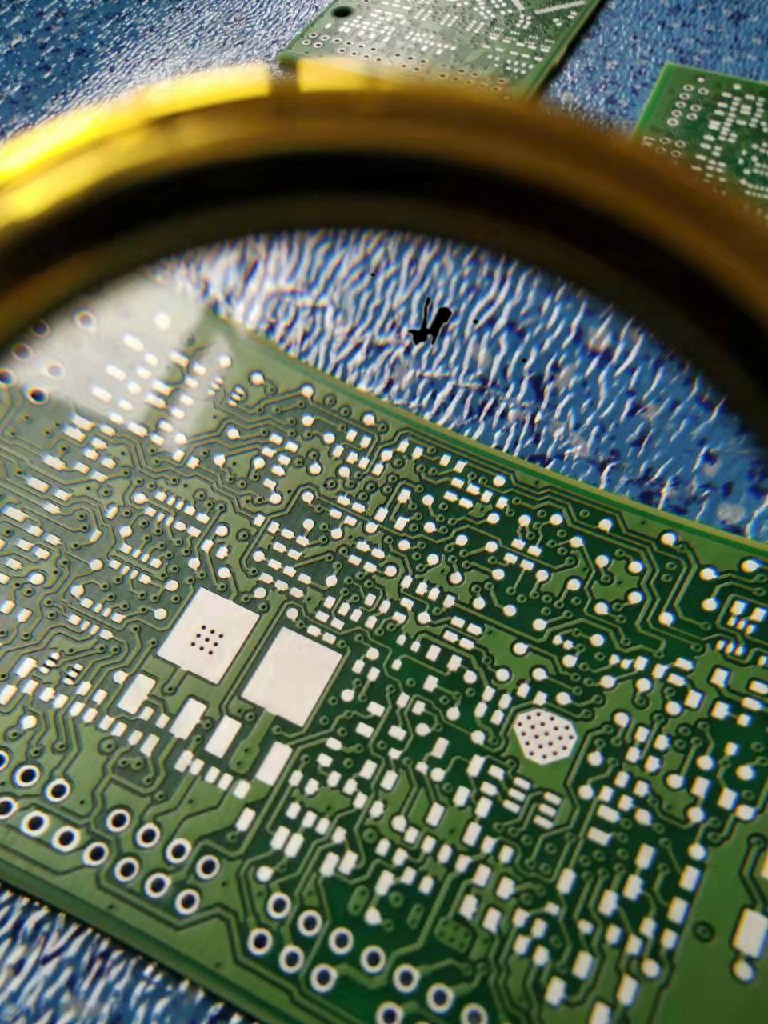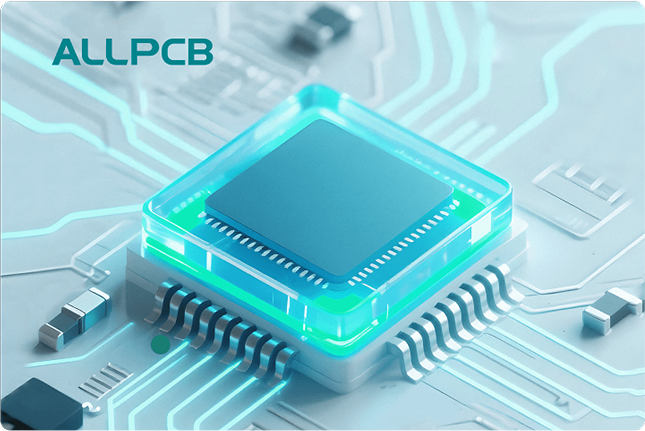Selecting the right cleaning agent for mixed technology PCBs is crucial for maintaining performance, reliability, and longevity. Mixed technology PCBs, which combine through-hole and surface-mount components, often face unique contamination challenges due to their complex assembly. The ideal cleaning agent should effectively remove flux residues, dust, and other contaminants without damaging sensitive components or materials. In this comprehensive guide, we’ll walk you through the key factors to consider for mixed technology PCB cleaning, provide a cleaning agent selection guide, and highlight safe PCB cleaning practices to ensure optimal results.
What Are Mixed Technology PCBs and Why Do They Need Special Cleaning?
Mixed technology PCBs integrate both traditional through-hole components and modern surface-mount devices on a single board. This combination allows for versatile designs but also introduces complexities during cleaning. Flux residues from soldering, fingerprints, dust, and other contaminants can accumulate in tight spaces between components, potentially causing short circuits, corrosion, or signal interference if not properly removed.
Cleaning these boards requires careful consideration because of the variety of materials involved, such as metals, plastics, and delicate electronic components. Using the wrong cleaning agent or method can damage components, degrade solder joints, or leave harmful residues. That’s why understanding multi-component PCB cleaning and selecting the right cleaning agent is essential for maintaining functionality and reliability.

Key Factors in Cleaning Agent Selection for Mixed Technology PCBs
Choosing the right cleaning agent for mixed technology PCB cleaning involves evaluating several critical factors. Let’s break them down to help you make an informed decision.
1. Type of Contaminant
The first step is identifying the type of contaminant you need to remove. Common contaminants on mixed technology PCBs include:
- Flux Residues: Left behind after soldering, these can be rosin-based, no-clean, or water-soluble. Each type may require a specific cleaning agent.
- Dust and Debris: These can accumulate during assembly or use, especially in through-hole areas.
- Fingerprints and Oils: Human handling can leave greasy residues that attract dirt.
- Corrosion Products: Oxidation on metal surfaces can compromise conductivity.
For instance, water-soluble fluxes often pair well with aqueous cleaning agents, while rosin-based fluxes may require solvent-based cleaners for effective removal. Knowing your contaminant helps narrow down your options.
2. Material Compatibility
Mixed technology PCBs contain a variety of materials, including copper traces, solder masks, plastic connectors, and sensitive electronic components. The cleaning agent must be compatible with all these materials to avoid damage. For example, aggressive solvents might strip away protective coatings or harm plastic parts, while overly mild agents may not clean effectively.
Always check the manufacturer’s datasheets for the PCB and components to understand material sensitivities. Testing a small area with the cleaning agent before full application is a smart practice to prevent costly damage.
3. Environmental and Safety Considerations
Environmental impact and workplace safety are critical when selecting a cleaning agent. Solvent-based cleaners, while effective, often contain volatile organic compounds (VOCs) that can harm the environment and pose health risks if not handled properly. Aqueous or water-based cleaners are generally safer and more eco-friendly but may require longer drying times or additional rinsing steps.
Look for cleaning agents labeled as non-toxic, biodegradable, or low-VOC to minimize risks. Additionally, ensure proper ventilation and personal protective equipment (PPE) are used during cleaning to adhere to safe PCB cleaning practices.
4. Cleaning Method and Equipment
The cleaning method you plan to use—manual brushing, ultrasonic cleaning, or automated spray systems—also influences agent selection. For example, ultrasonic cleaning works well with aqueous solutions but may require specific agents to prevent foaming. Manual cleaning with a brush might pair better with isopropyl alcohol (IPA) or other fast-evaporating solvents for quick results.
Consider the volume of boards you’re cleaning as well. High-volume production might benefit from automated systems and bulk cleaning agents, while low-volume or prototype work could rely on simpler, manual methods.

Types of Cleaning Agents for Multi-Component PCB Cleaning
Understanding the different types of cleaning agents available is a key part of the cleaning agent selection guide. Here’s an overview of the most common options for multi-component PCB cleaning.
1. Solvent-Based Cleaners
Solvent-based cleaners are highly effective at removing tough residues like rosin flux and oils. They evaporate quickly, leaving little to no residue, which is ideal for fast-paced assembly environments. However, they can be harsh on certain materials and often have higher environmental and safety risks due to VOC content.
Pros: Fast-acting, effective on stubborn contaminants.
Cons: Potential material incompatibility, environmental concerns.
2. Aqueous (Water-Based) Cleaners
Aqueous cleaners use water as the primary solvent, often combined with surfactants or mild detergents. They’re safer for the environment and workers, making them a popular choice for safe PCB cleaning practices. However, they may require additional rinsing and drying steps to prevent water spots or corrosion, especially on mixed technology PCBs with metal components.
Pros: Eco-friendly, safe for most materials.
Cons: Longer drying times, less effective on heavy residues.
3. Semi-Aqueous Cleaners
Semi-aqueous cleaners combine the benefits of solvents and water-based solutions. They offer strong cleaning power for tough contaminants while being less harsh than pure solvents. These are often used in automated cleaning systems for consistent results on mixed technology PCBs.
Pros: Balanced cleaning power, safer than pure solvents.
Cons: May still require rinsing, moderate cost.
4. Isopropyl Alcohol (IPA)
IPA, particularly at concentrations of 90% or higher, is a widely used cleaning agent for manual PCB cleaning. It’s effective at removing light flux residues and fingerprints, evaporates quickly, and is relatively safe when used with proper ventilation. However, it may not be strong enough for heavy contaminants and can be flammable, requiring caution.
Pros: Affordable, widely available, quick-drying.
Cons: Limited effectiveness on tough residues, flammable.
Safe PCB Cleaning Practices for Mixed Technology Boards
Selecting the right cleaning agent is only part of the equation. Following safe PCB cleaning practices ensures that the process is effective and doesn’t harm the board or the user. Here are some best practices to keep in mind.
1. Use Proper Protective Equipment
Always wear gloves, safety goggles, and, if necessary, a mask when handling cleaning agents. Even mild cleaners can cause skin irritation or respiratory issues with prolonged exposure. Ensure the workspace is well-ventilated to avoid inhaling fumes, especially with solvent-based agents.
2. Test Cleaning Agents on a Small Area First
Before applying a cleaning agent to the entire PCB, test it on a small, non-critical area. Monitor for any adverse reactions, such as discoloration, corrosion, or component damage. This step is particularly important for mixed technology PCBs with diverse materials.
3. Avoid Excessive Moisture
While aqueous cleaners are safe for many applications, excessive moisture can seep into connectors or under components, leading to corrosion or short circuits. Use compressed air or a low-temperature oven to dry the board thoroughly after cleaning. For ultrasonic cleaning, ensure drying times are adequate—typically 10-15 minutes at 50-60°C for most boards.
4. Follow Manufacturer Guidelines
Refer to the PCB and component manufacturer’s recommendations for cleaning. Some components may have specific sensitivities, such as maximum exposure times to liquids or temperature limits. Adhering to these guidelines prevents accidental damage during mixed technology PCB cleaning.
5. Inspect After Cleaning
After cleaning, inspect the PCB under magnification for any remaining residues or damage. Use a multimeter to check for continuity or shorts, especially in high-density areas with surface-mount components. Cleanliness testing, such as ion chromatography, can quantify ionic residues if your application requires high reliability (e.g., aerospace or medical devices).

Step-by-Step Guide to Cleaning Mixed Technology PCBs
Now that you understand cleaning agent options and safety practices, here’s a practical step-by-step process for multi-component PCB cleaning.
- Prepare the Workspace: Set up a clean, well-ventilated area with all necessary tools, including brushes, cleaning agents, gloves, and drying equipment.
- Identify Contaminants: Determine the type of residues or dirt on the PCB to choose the appropriate cleaning agent.
- Select Cleaning Agent: Based on the contaminant and material compatibility, pick a suitable cleaner using the cleaning agent selection guide above.
- Apply Cleaner: Use a soft brush, cotton swab, or automated system to apply the cleaning agent. For manual cleaning, work in small sections to ensure even coverage.
- Rinse (if Needed): For aqueous or semi-aqueous cleaners, rinse with deionized water to remove any leftover solution.
- Dry the Board: Use compressed air or a drying oven to remove moisture. Ensure no water remains under components or in connectors.
- Inspect and Test: Check for cleanliness and test electrical functionality to confirm the cleaning was successful.
Common Challenges in Mixed Technology PCB Cleaning and How to Overcome Them
Even with the right cleaning agent, challenges can arise during mixed technology PCB cleaning. Here are some common issues and solutions.
1. Residue Under Components
Surface-mount components often have tight clearances, making it hard to remove residues underneath. Use a cleaning agent with low surface tension or an ultrasonic cleaner to reach these areas. Ensure thorough drying afterward to prevent trapped moisture.
2. Component Sensitivity
Some components, like MEMS sensors or LEDs, are sensitive to liquids or ultrasonic vibrations. In these cases, opt for manual cleaning with a soft brush and a mild agent like IPA. Masking sensitive areas with tape can also protect them during cleaning.
3. Time and Cost Constraints
Cleaning can be time-consuming, especially in high-volume production. Automated cleaning systems, while initially costly, can save time and ensure consistency. For smaller batches, balance cleaning thoroughness with efficiency by prioritizing critical areas of the PCB.
Conclusion: Ensuring Longevity with Proper Cleaning Practices
Selecting the right cleaning agent for mixed technology PCB cleaning is a balance of effectiveness, safety, and compatibility. By understanding the contaminants, materials, and cleaning methods involved, you can make an informed choice that protects your boards and ensures reliable performance. Following safe PCB cleaning practices—from wearing protective gear to thorough inspection—further minimizes risks and enhances outcomes.
Whether you’re dealing with flux residues, dust, or oils, this cleaning agent selection guide provides the foundation for successful multi-component PCB cleaning. With the right approach, you can maintain the integrity of your mixed technology PCBs and extend their lifespan, ensuring they perform as intended in any application.
 ALLPCB
ALLPCB







